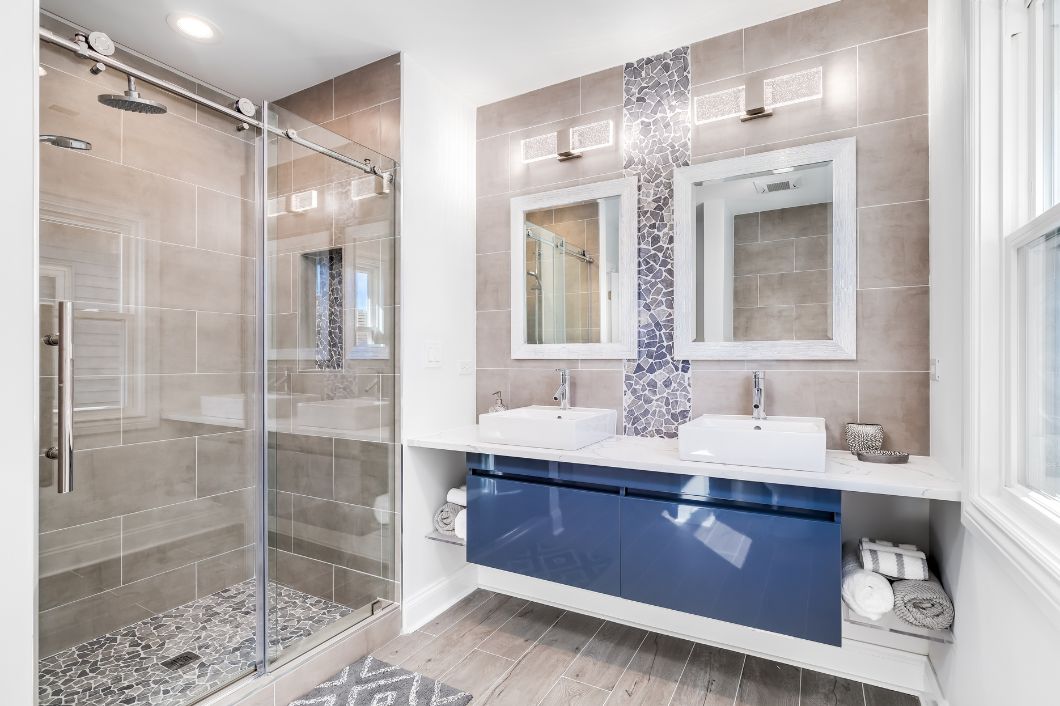Color is a powerful tool that can evoke emotions, set the tone, and create a harmonious atmosphere within your living spaces. In interior design, understanding color psychology is like having a secret weapon to transform your home into a haven that resonates with your personality and meets the functional needs of each room. Let’s delve into the fascinating world of color psychology and explore how to use it to enhance your interior design.
The Basics of Color Psychology
Colors can influence our moods and behaviors. When we experience a certain hue, our brain processes the information and releases hormones. This subconscious system can instantly affect our emotions. Warm colors such as reds, oranges, and yellows are known to stimulate and energize, making them perfect for social spaces such as living rooms and dining areas. On the other hand, cool colors such as blues and greens have a calming effect, making them suitable for bedrooms and home offices.
Interior Design and Color Psychology
Neutral Hues: Timeless Elegance
Neutral colors such as whites, grays, and beiges provide a timeless, sophisticated backdrop for any interior design. They create a sense of balance and versatility, allowing you to easily incorporate pops of color with accessories or accent furniture. Neutral tones also make smaller spaces appear larger, and they’re popular with people seeking a clean, modern aesthetic.
Reds: Passion and Energy
Red is a bold, passionate color that can add warmth and energy to a room. People often associate it with love and excitement, making it an ideal choice for spaces where social interaction is encouraged. Consider using red as an accent color in the form of throw pillows, artwork, or a statement piece of furniture to infuse the space with energy without overwhelming it.
Blues and Greens: Tranquility
Blue and green hues are calming and soothing, perfect for bedrooms, bathrooms, or any other space where relaxation is key. Light blues can add a sense of tranquility, while deeper shades of navy or forest green can add richness and sophistication. For a serene atmosphere, consider incorporating these colors through wall paint, bedding, or upholstery.
Yellows: Optimism
Yellow is the color of sunshine and optimism. It can bring a sense of joy and positivity to any space. Consider using yellow in your kitchen, dining area, or home office to create a lively, uplifting atmosphere. Be mindful of the shade: softer yellows can be soothing, while brighter yellows can add energy.
Purples: Luxury and Creativity
People often associate purple with luxury, creativity, and sophistication. Deep purples such as eggplant and royal purple can add a touch of luxury to a room, while softer lavender tones create a sense of tranquility. Use purple in spaces where you want to stimulate creativity or evoke a sense of regality.
Implementing Color Psychology in Your Home
The key to successfully incorporating color psychology into your home’s interior design and achieving the desired atmosphere in every room lies in understanding each color’s emotional effects. Learning some additional professional home-decorating tips for beginners will also help you from start to finish if you’ve never decorated your own home before. Your house reflects your personality, and by harnessing the power of color psychology, you can create a home that looks beautiful and feels harmonious and inviting.



